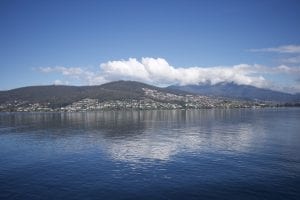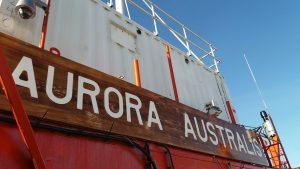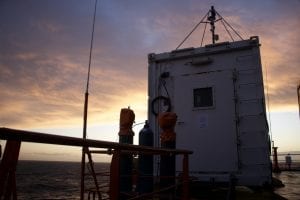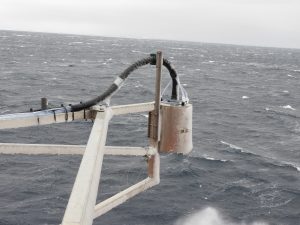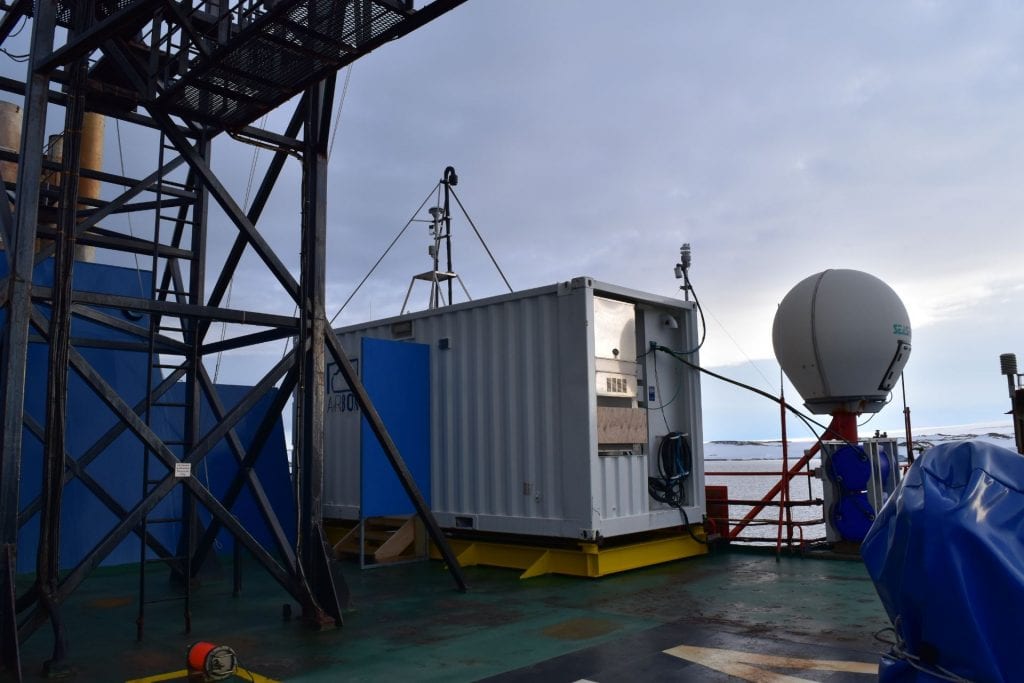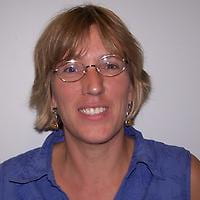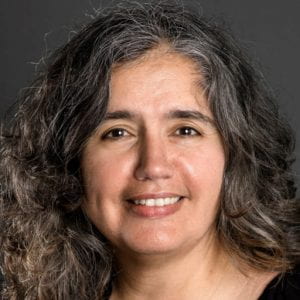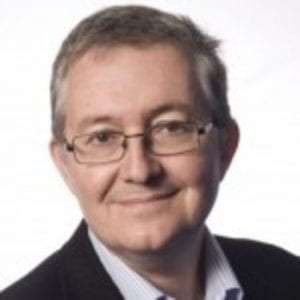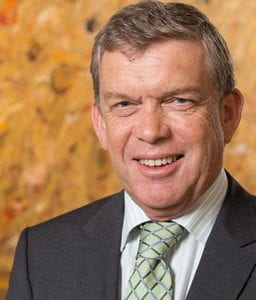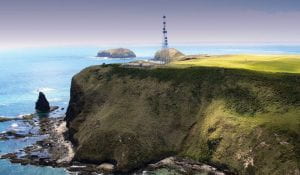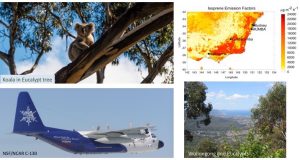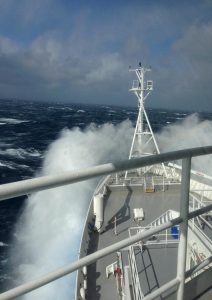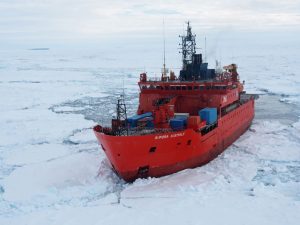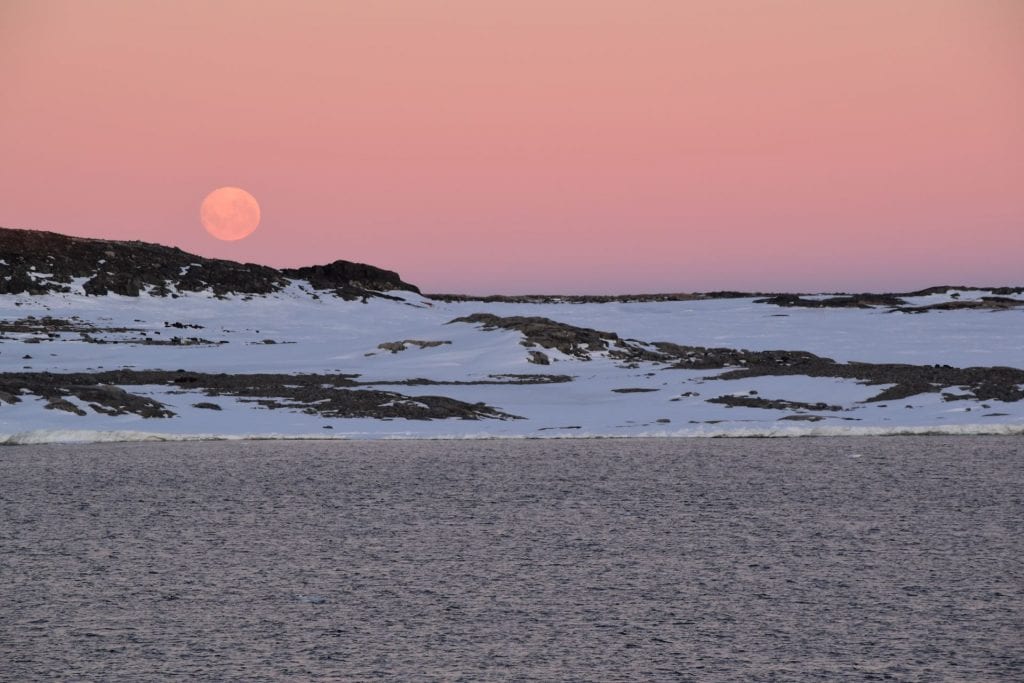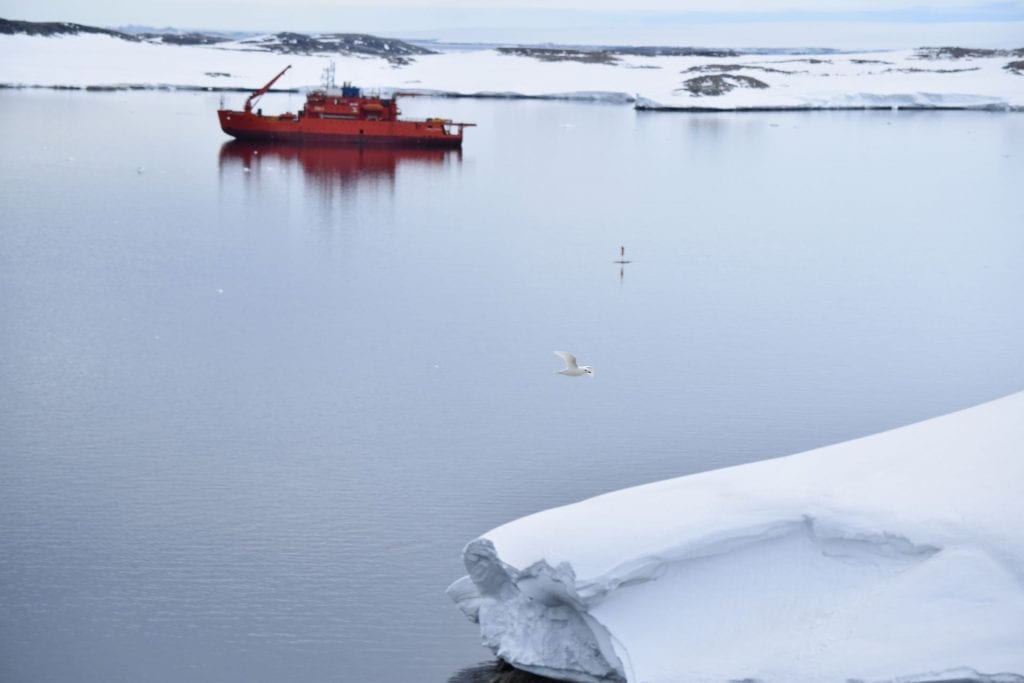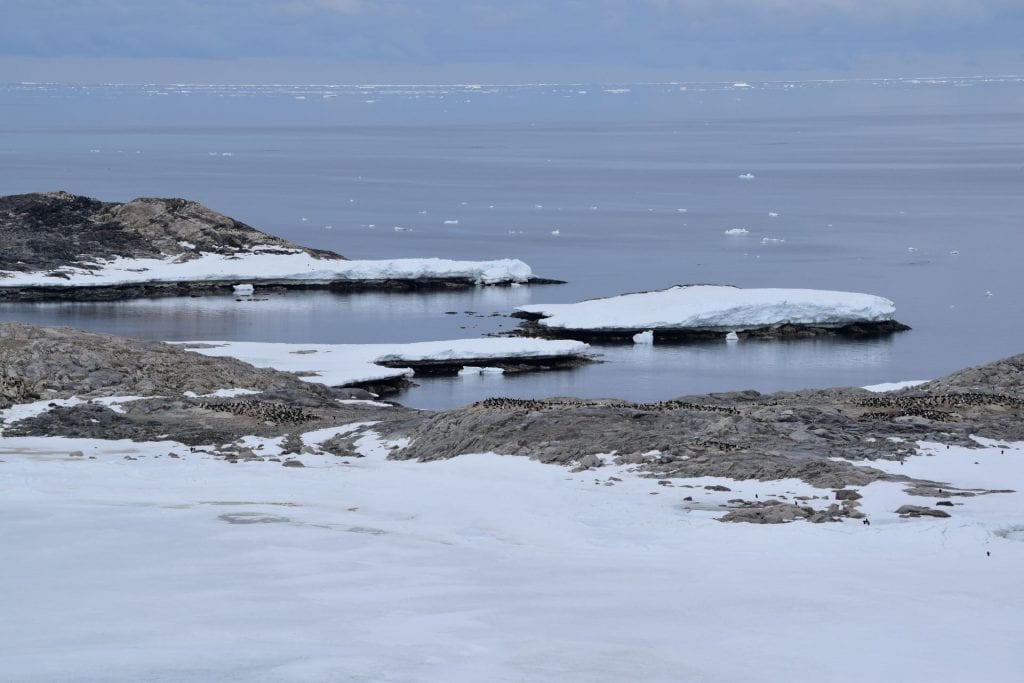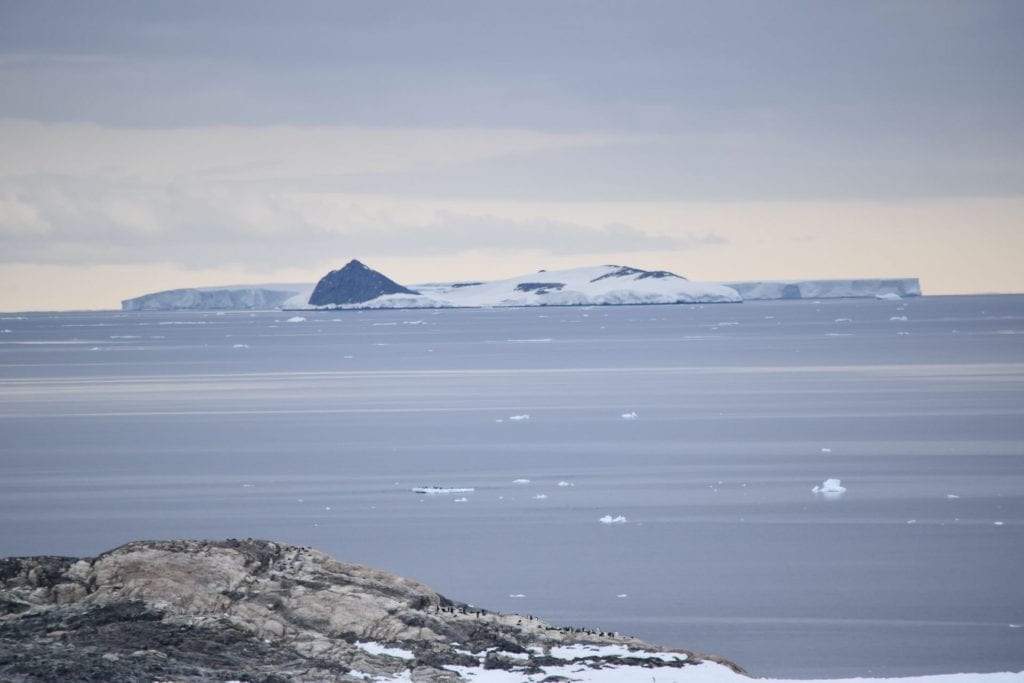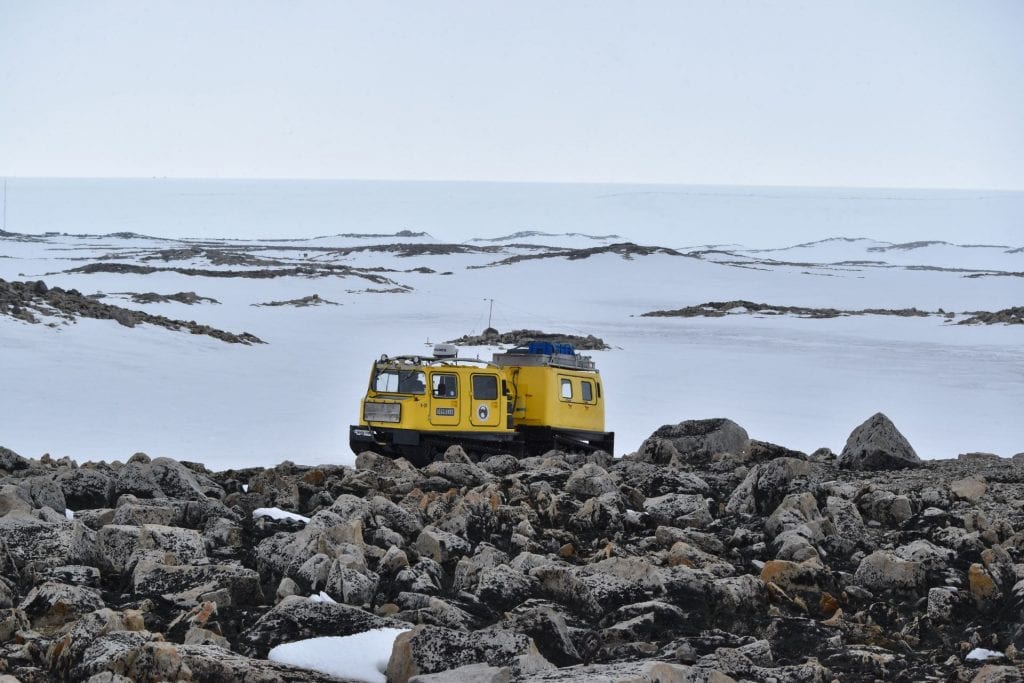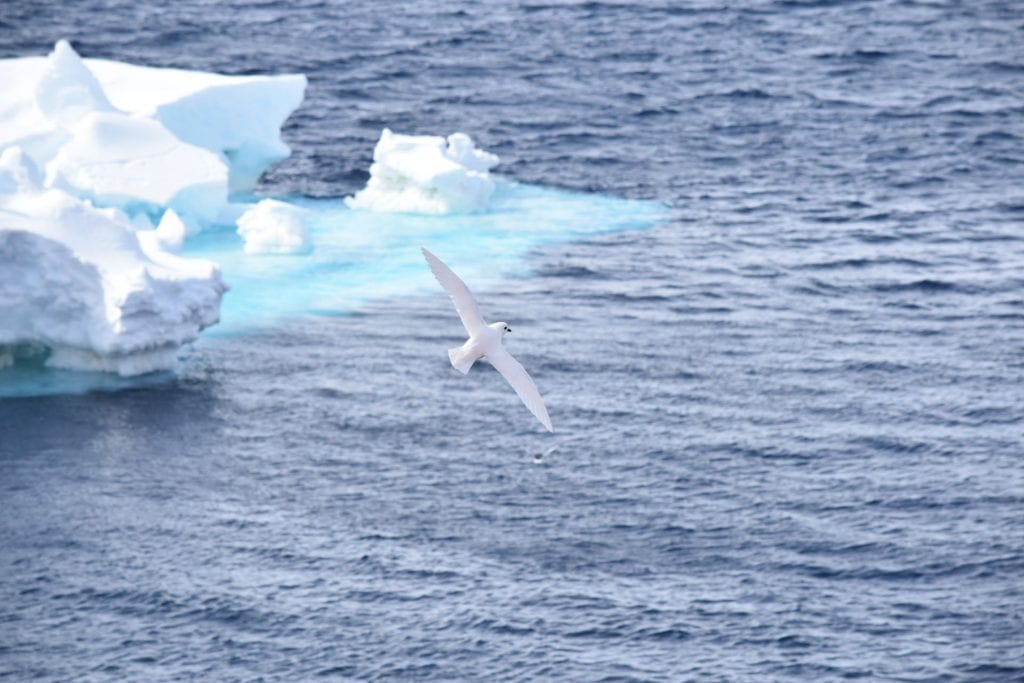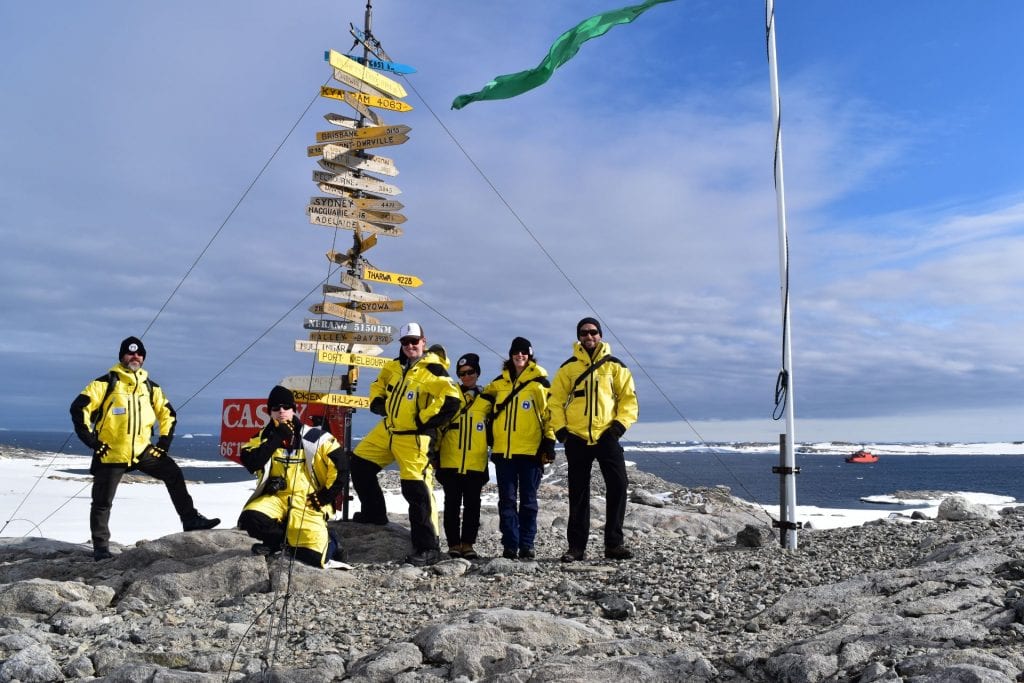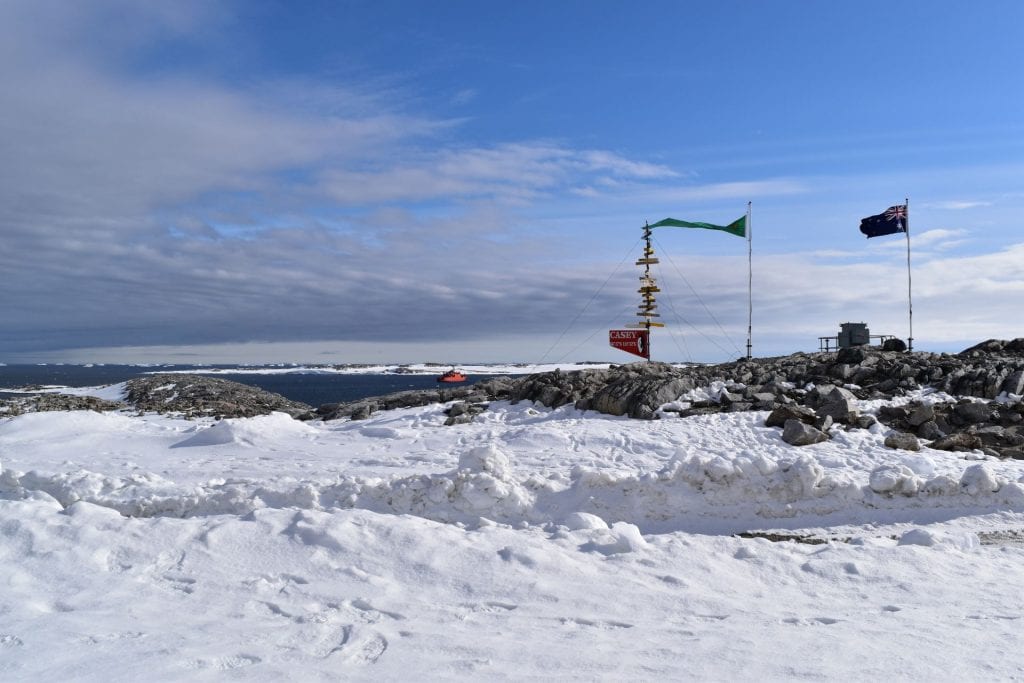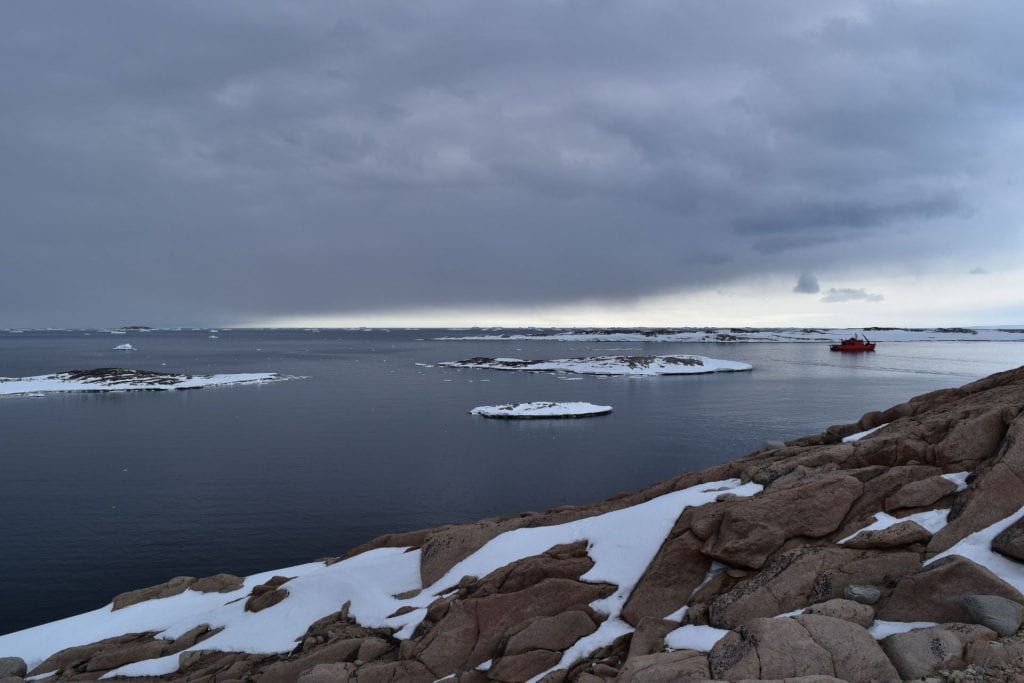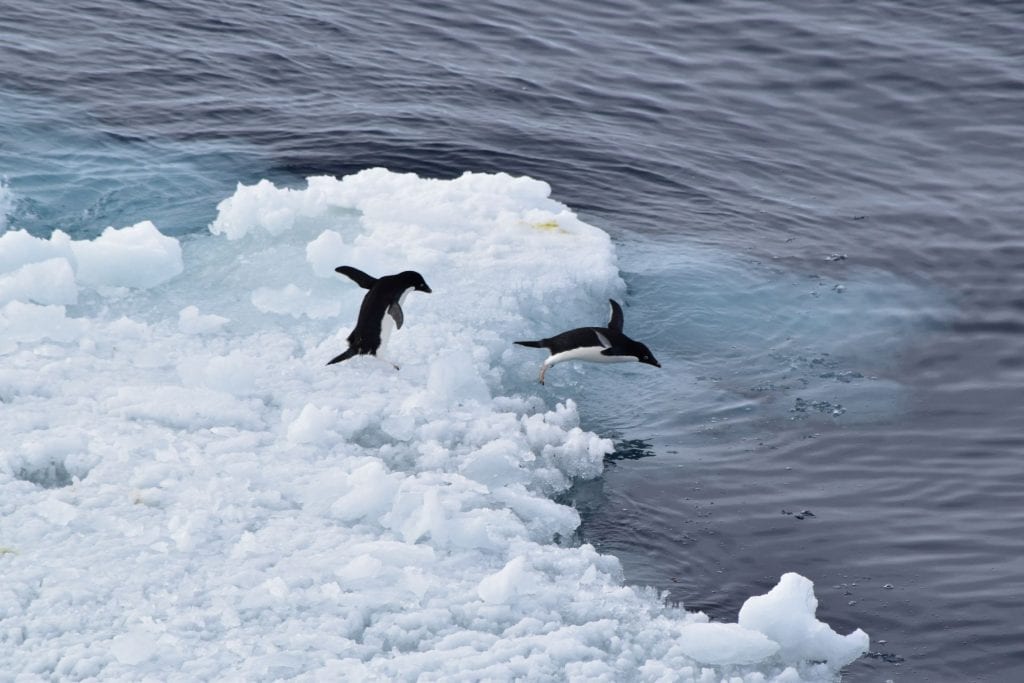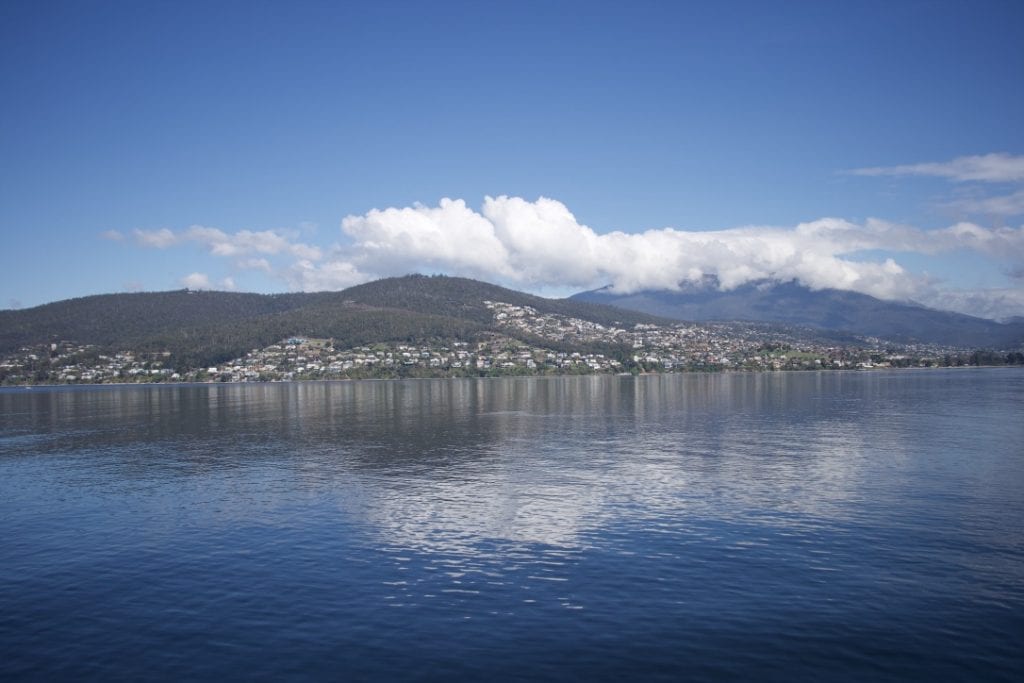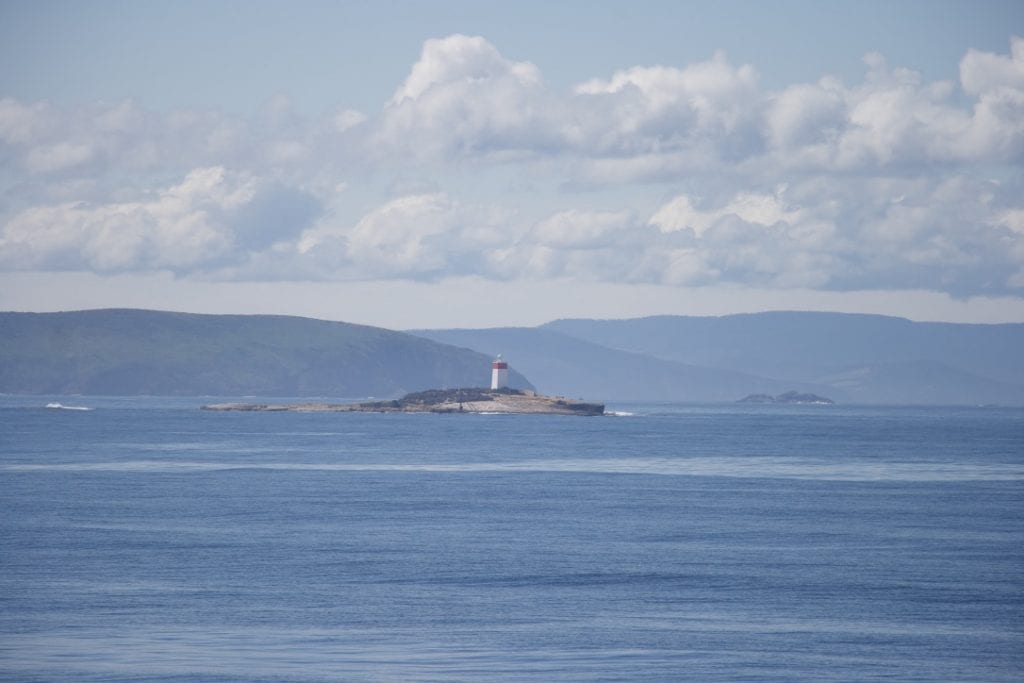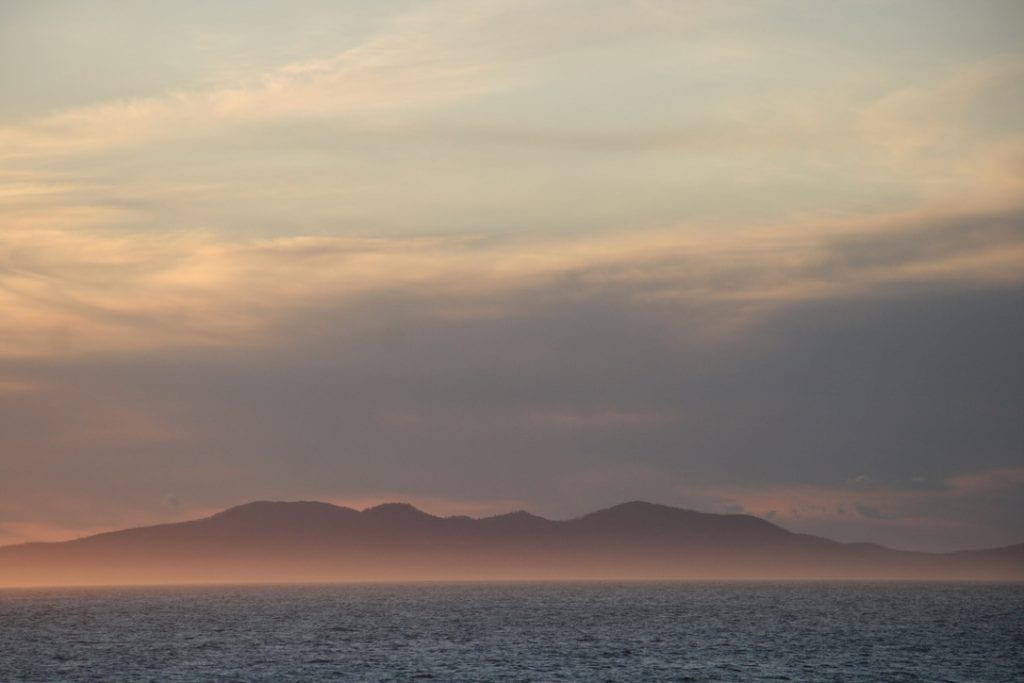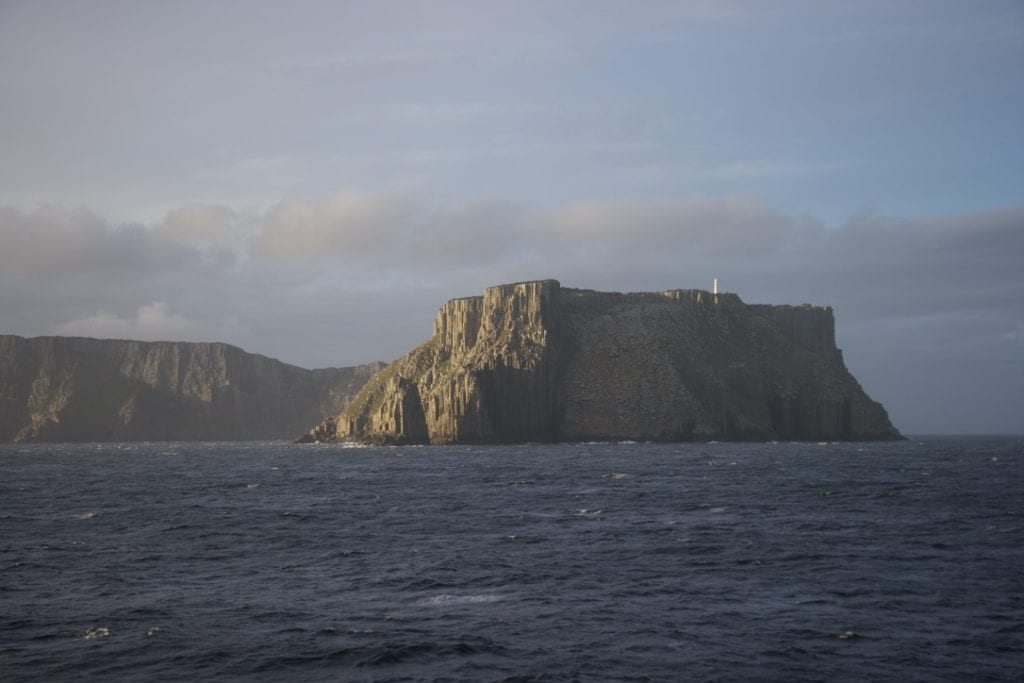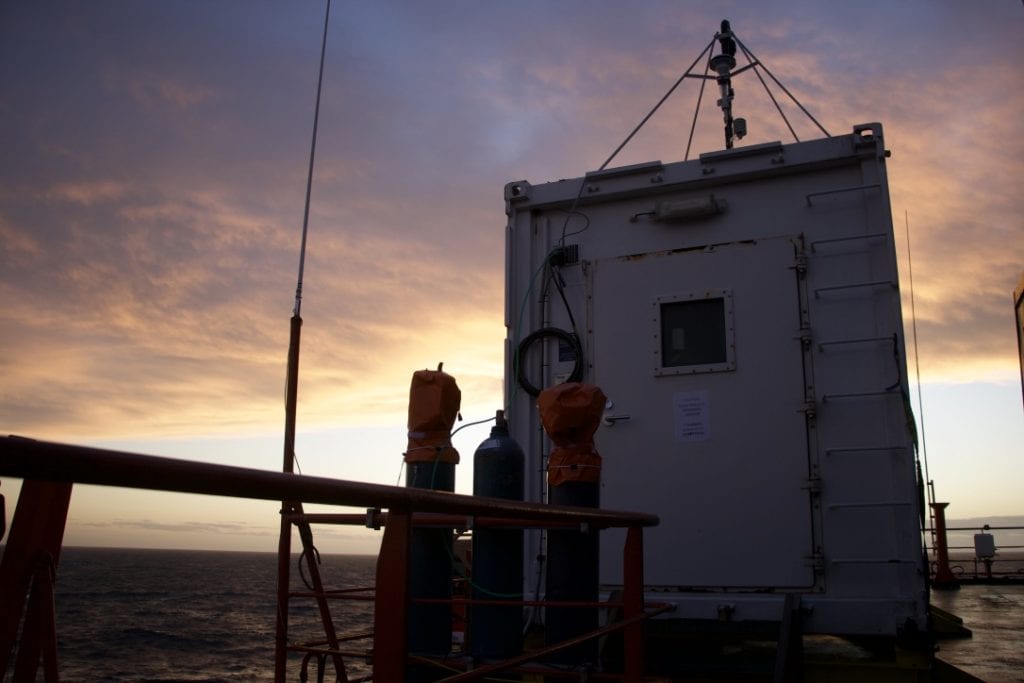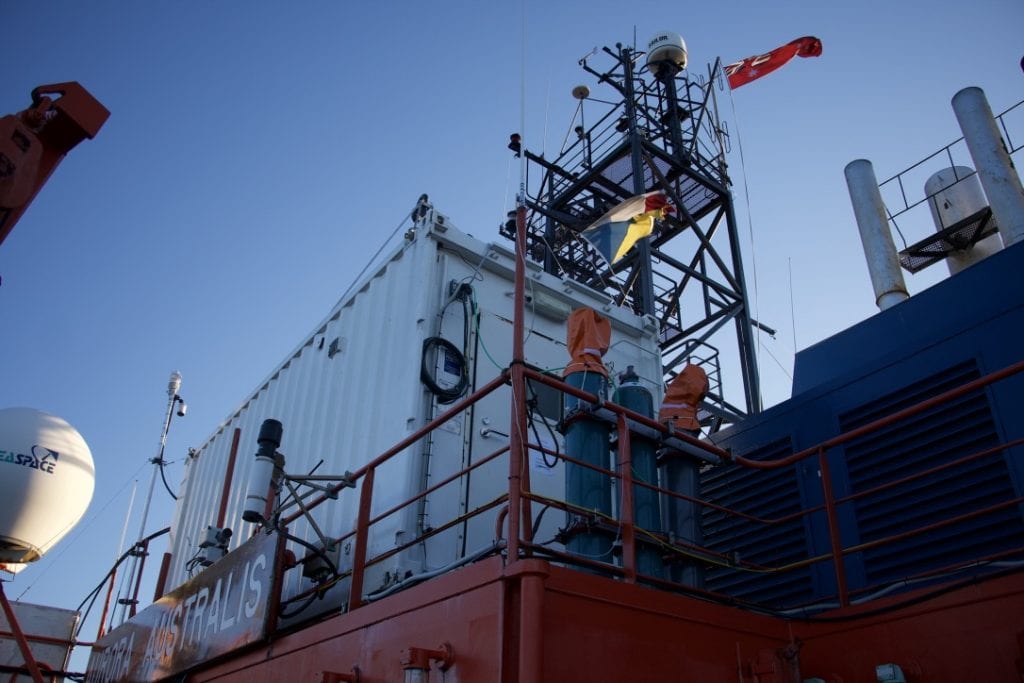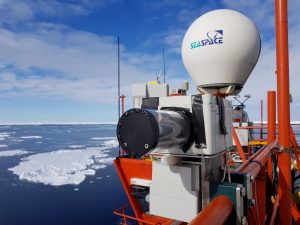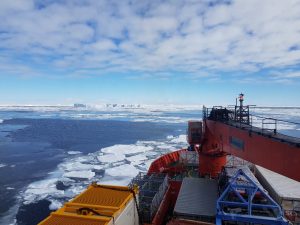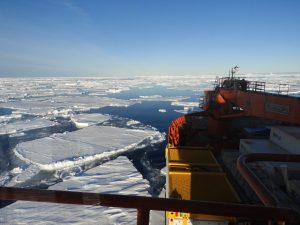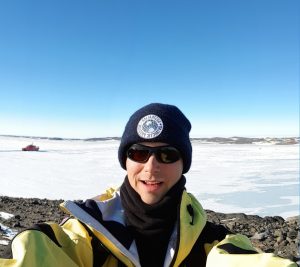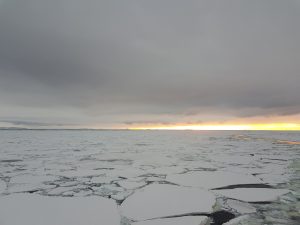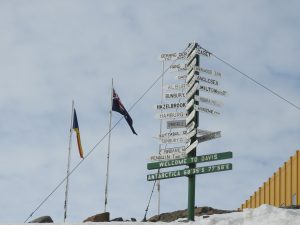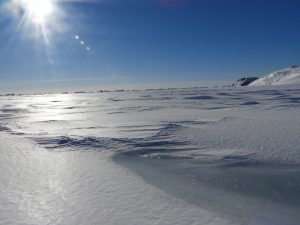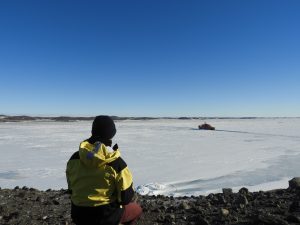Home
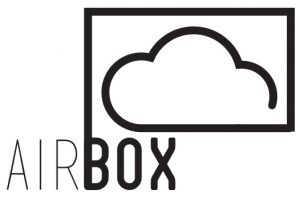 Atmospheric Integrated Research facility for Boundaries and Oxidative eXperiments
Atmospheric Integrated Research facility for Boundaries and Oxidative eXperiments
A custom-built laboratory in a shipping container to carry out comprehensive atmospheric monitoring and take campaign measurements in hard to access places, such as near the Great Barrier Reef and the Southern Ocean.
“Taking atmospheric chemistry science where it needs to go”
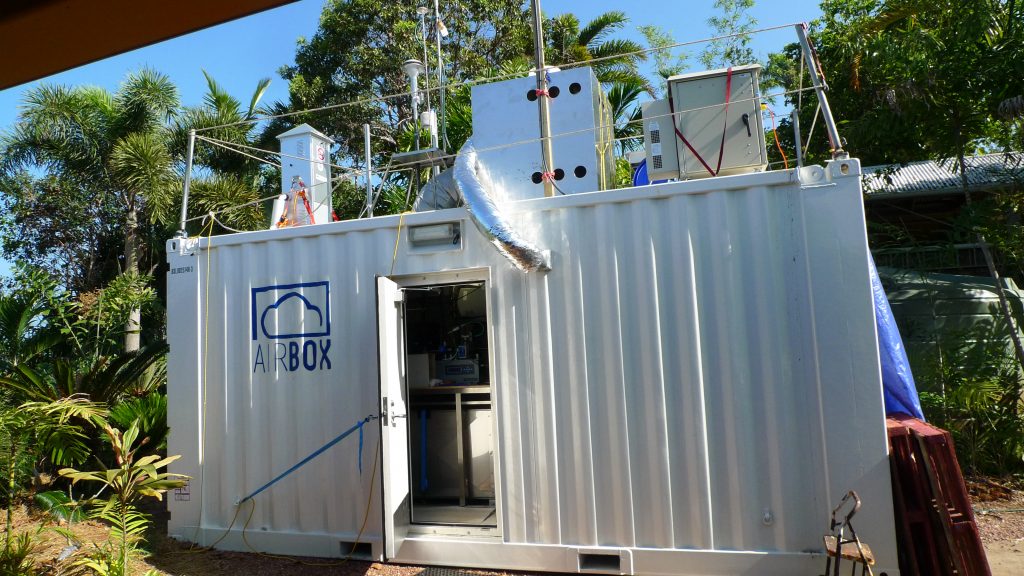
We are an ARC, University and partner organisation funded $1.49M Linkage Infrastructure Equipment Facility for understanding aerosol and atmospheric composition anywhere.
About Us
Our container laboratory is certified by Lloyd’s international shipping standards with fire rating and Occupational Health and Safety standards. It can operate on land with 3 phase power or on ships as a module.
We have 9 instruments purchased as Airbox instruments and capacity to take guest instruments.
Photos by Dr Robyn Schofield
Unique community facility with open data (coming soon)
Have an idea of how you’d like to use this facility to assist your research or community? We can help test:
- Meteorology
- Radiation, clouds and aerosols
- Atmospheric chemistry and air quality

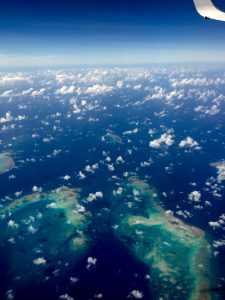
Our Experts
|
Director of Environmental Science hub Senior Lecturer The University of Melbourne |
|
| Director – Centre for Atmospheric Chemistry Professor – School of Earth, Atmospheric and Life Sciences,Faculty of Science, Medicine and HealthUniversity of Woolongong |
|
|
Principal Research Scientist CSIRO Marine And Atmospheric Research |
|
| Acting Head of School, Earth and Atmospheric SciencesProfessorScience and Engineering Faculty, School of Earth & Atmospheric SciencesQueensland University of Technology |
|
|
Professor, Pro Vice Chancellor (Research Performance and Innovation) Professor of Environmental Studies Macquarie University
|
|
| Senior Professor Centre for Atmospheric Chemistry Faculty of Science, Medicine and Health School of Chemistry and Molecular BioscienceUniversity of Wollongong |
|
|
|
|
| Dr Branka Miljevic |
AIRBOX
AIRBOX is a modified shipping container (Lloyd’s Certification, 3 Phase Electrical wiring diagram and AIRBOX engineering diagrams) weighing 7960kg with dimensions in mm of 6058L x 2438W x 2591H.
Our Instruments
AIRBOX Instruments
| Instrument | Observations | Contact |
|---|---|---|
| CIMS: Chemical Ionization Mass Spectrometer | Real-time chemical analysis of trace gases, aerosols and atmospheric ions. Interchangeable inlets and ionization sources allow detection of a great range of compounds. An Atmospheric Pressure Drift Tube Reaction Chamber in combination with nitrate reagent is used to detect sulfuric acid, amines and highly oxidized organic compounds, thereby capturing the gas to particle formation processes and the nucleation cluster composition. Filter Inlet for Gas and Aerosols (FIGAERO) enables simultaneous real-time chemical analysis of trace gases and aerosols. |
|
| Spectronus: Ecotech-UoW FTIR in-situ trace gas analyser | In-situ continuous measurement of CO2, CH4, CO, N2O, δ13C in CO2, δD-H2O, δ18O in H2O | |
| MAXDOAS with direct sun: Two high grade Avantes UV/Vis Spectrometer | Solar Spectra in UV/Vis (daytime only): many oxidants and oxidation products BrO, IO, NO2, O3, HCHO, CHOCHO, OClO, SO2, H2O, O4, aerosol | |
| Thomson WS800 – Meteorological package | High resolution winds and meteorological data of temperature, pressure, relative humidity, radiation and lightning strikes. | |
|
Mini-Micro Pulse Lidar (MPL) System Wavelength 532 nm, 3-4uJ@2500 Hz PRF, 80mm beam diameter |
Continuous aerosol and cloud profiles up to 10km. Boundary layer height defined continuously. | |
|
Dual flow loop, two-filter radon detector |
222Rn (radon) – A reliable radioactive natural tracer of land contact |
Alastair Williams |
| Aurora 4000 Nephelometer with PM2.5 Inlet and accessories | Measures the concentration of particulates within aerosols using the reflective properties (in-situ) | Melita Keywood |
| Thermo Scientific Model 5012 MAAP Multi-Angle Absorption Photometer | Measures the in-situ aerosol optical absorption properties of PM2.5 and PM10 particles | Melita Keywood |
| The HIVOL 3000 particulate sampler | The HIVOL 3000 particulate sampler collects PM2.5, PM10 or TSP particles that are subsequently analyzed using ICPMS for trace elements such as iron, silicate etc linking terrestrial dusts with oceanic fertilization processes along with a rain gauge for deposition rates (weekly resolution) | Andy Bowie |
Guest Instruments
| Instrument | Observations | Contact |
|---|---|---|
| NOx | In-situ NOx
ThermoFisher 42i-TL NOx analyser draws at 7.5 litres per minute; logs 1 minute averages, dimensions are: 550x490x270mm, weighs 22kg and draws 200W of power |
Clare Murphy |
| Ozone | In-situ Ozone
ThermoFisher O3 monitor draws at 7.5 litres per minute; logs 1 minute averages, dimensions are: 550x490x230mm, weighs 18kg and draws 200W of power |
Clare Murphy |
| Mercury suite | Elemental, reactive and particulate mercury | |
| FTS – direct sun | CO2, CH4, HDO, HCl etc total column measurements | Dave Griffith |
| Time-of-Flight Aerosol Mass Spectrometer (ToF-AMS) | Provides real time size and chemical mass composition (Organics, SO42-, NO3–, NH4+, Cl–) of non-refractory sub-micron aerosol particles | Branka Miljevic |
| NAIS | Aerosol composition – particles: ~2 to 40nm, ions: 3.2 to 0.0013 cm2/V/s, (equivalent size range: 0.8 to 40 nm) | Zoran Ristovski |
| Sonic 3D anemometer and humidity / temperature sensor |
Wind speed, temperature and humidity measurements at high sampling frequencies up to 60 Hz. These eddy covariance observations are used in the calculation of sensible heat, latent heat and gas surface fluxes. |
Jason Monty |
| Sodar | Vertical profiles of wind and temperature | Melita Keywood |
Our Future Campaigns
RV Investigator up to Cape Grim: August 2020
Researchers from CSIRO are undertaking a project which takes the RV Investigator up to Cape Grim, Tasmania – home to one of the world’s premier baseline air pollution stations. Cape Grim has been running for over 40 years and is a world-class station of the WMO’s Global Atmosphere Watch Programme. It has provided key data in global, international and regional studies of climate change, air quality and the environment. The RV Investigator was commissioned in 2014, and hosts world-class atmospheric monitoring facilities modelled after the success of Cape Grim. In 2018, the Investigator was recognised as the world’s first mobile GAW station.
An integral part of running a GAW network, is making sure an instrument measuring in one part of the world, is measuring the same as that in another part of the world. To ensure this, regular calibrations are undertaken, and as well as instrument inter-comparisons – running multiple instruments alongside one another to verify their performance. But these activities can only account for part of the sampling system, and is not a complete verification of the station’s measurements. Utilising the inherent mobility of the RV Investigator, we will park the ship alongside the well-characterised and world-class facility that is Cape Grim, to be able to perform a full-station inter-comparison – the first such experiment every performed. Instrumentation from the AIRBOX will be utilised to help understand any differences that may be observed, and to characterise the vertical structure of the atmosphere as it moves over the cliffs at Cape Grim.
The voyage will take place in August 2020 – the wildest time to be in the Southern Ocean – and will include researchers from CSIRO, the Bureau of Meteorology, ANSTO and both Australian and international universities.
Our Past Campaigns
COALA campaign: Jan – Mar – Emmerson / Murphy
Australia has unique biomass – lots of Eucalypts and lots of isoprene emissions. Largely our climate and air quality models use emissions from Northern Hemispheric studies. But as we all know the Southern hemisphere is unique and with AIRBOX observations we hope to understand natural VOCs better. COALA (Characterizing Organics and Aerosol Loading over Australia) is an IGAC supported initiative and endorsed by iCACGP. COALA is in the planning stages working with NCAR’s Atmospheric Chemistry Observations and Modelling Laboratory.
Year of the Maritime Continent: Darwin to Christmas Island Return RV Investigator Oct-Dec 2019
Matthew Wheeler from the Bureau of Meteorology has pulled together a team including AIRBOX partners to understand the Maritime Continent region better. Predicting weather for Australia is very challenged by this region and we hope to gather some observations to improve our predictions. We have been allocated a 61 day voyage of the RV Investigator for 2019/2020 – IN2019_v06. Alain Protat is the Chief Scientist and the dates are 19th October to the 18th December 2019 – essentially 2 x 30 day voyages Darwin to Christmas Island, and Christmas Island to Darwin.
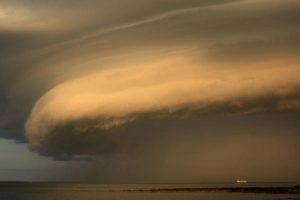
Aurora Australis resupply voyages in 2018-2019
The Southern Ocean and the sea-ice zone are poorly sampled for atmospheric chemistry. In a study led by Robyn Schofield an Australian Antarctic Program (Project #4431) “CAMMPCAN – Chemical and Mesoscale Mechanisms of Polar Cell Aerosol Nucleation” saw AIRBOX head to the Southern Ocean and Antarctica.
AIRBOX and guest instruments have been measuring atmospheric chemistry over the Southern Ocean and through the sea-ice as the Aurora Australis resupplied Australia’s Antarctic bases this summer. Starting in mid-October 2018 until late March 2018-2019, AIRBOX and the Aurora Australis visited Davis, Casey, Mawson and MacQuarie Island stations.
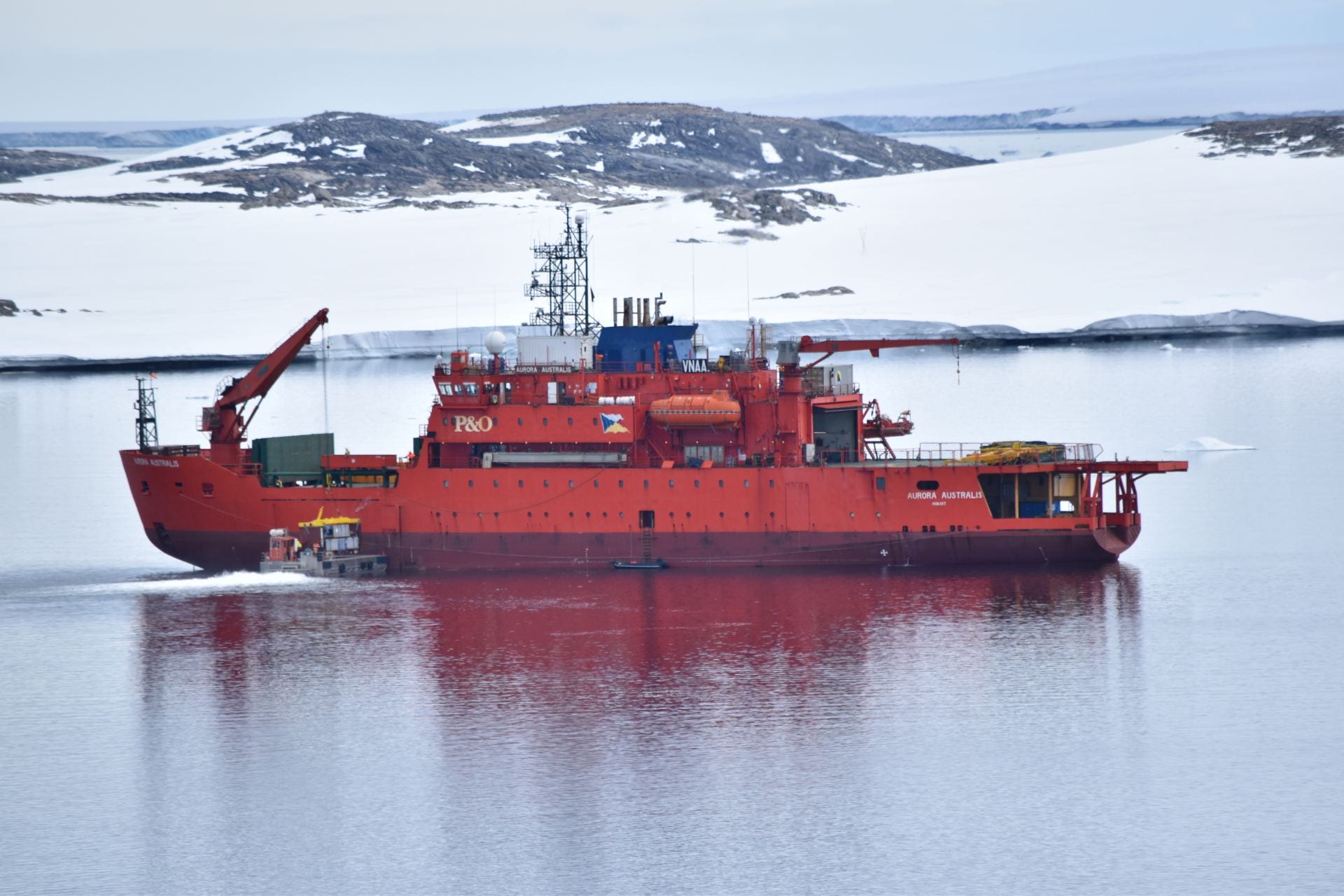 This picture of AIRBOX on the Aurora Australis was taken by Dr Robyn Schofield at Casey Station during Voyage 2
This picture of AIRBOX on the Aurora Australis was taken by Dr Robyn Schofield at Casey Station during Voyage 2
Near sea surface aerosol characterisation using AIRBOX at HMAS STIRLING: April-May 2018
Understanding aerosols in the marine environment is complex around coastlines where sea-breeze and land-breezes alter the aerosol composition daily. Measuring clean marine air with large fetches from the Indian ocean we will be investigating the optical and compositional properties of aerosols with the Defence Science and Technology group on HMAS Stirling.
CAPRICORN Southern Ocean RV Investigator: Jan-Feb 2018
Clouds over the Southern Ocean are one of the major sources of radiation bias between observations and climate models. With sparse observations and challenging conditions – Alain Protat of the Bureau of Meteorology is leading a RV Investigator voyage that aims to improve our understanding of aerosols and clouds in this region. AIRBOX’s team, the mini-MPL and CIMS are facing the Southern Ocean very soon. Capricorn is coordinated with the international SOCRATES flights.
Aurora Australis resupply voyages in 2017-2018
The Southern Ocean and the sea-ice zone are poorly sampled for atmospheric chemistry. In a study led by Robyn Schofield an Australian Antarctic Program (Project #4431) “CAMMPCAN – Chemical and Mesoscale Mechanisms of Polar Cell Aerosol Nucleation” will see AIRBOX head to the ice.
The AIRBOX’s MAXDOAS and Mercury instruments from Macquarie University are measuring during 2017-2018 while the ARM facility and Simon Alexander’s MARCUS project is onboard the Aurora Australis. AIRBOX will measure atmospheric chemistry over the Southern Ocean and through the sea-ice as the Aurora Australis resupplies Australia’s Antarctic bases from October to March 2018-2019 (see future campaigns below).
To see where the Aurora Australis is in 2017/2018 season click here. Follow the MAXDOAS’ Max Desservettaz’s V1 adventures here. Sonya tweeted about her V2 Casey resupply experience (check out our Twitter feed here). Follow V3 to Mawson and then to Davis with Neil Page here.
Reef to Rainforest: September to October 2016
Non sea-salt marine aerosol is produced by algae and corals in our oceans. In a study led by Zoran Ristovski the reef to rainforest campaign measured the aerosol production from the Great Barrier Reef to understand its role in climate. AIRBOX was located at Mission beach while the RV Investigator had the CIMS onboard and measured around the reef system.
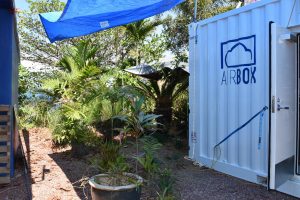
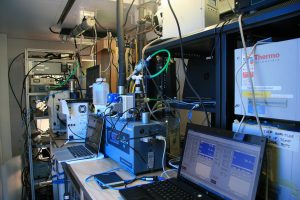
Campaign proposal
Have a proposal to use AIRBOX – please complete a AIRBOX Campaign Proposal to be considered by the steering committee. The committee meets quarterly, but will consider proposals with a faster turn around if required.
The role of AIRBOX in understanding Southern Ocean clouds has received considerable publicity of late. In December 2018, the Australian Antarctic Division website ran a story on the AIRBOX project prior to the commencement of V2 to Casey Station. Around the same time the AIRBOX project was featured on ABC news online and in television news bulletins. In each case, project leader Dr Robyn Schofield and other scientists involved provided insight into the important role of Southern Ocean aerosols and clouds in global climate.
-
Deep seascapes of the Great Barrier Reef
Uncovering submarine canyons and landslides along the continental margin of the Great Barrier Reef. Transit voyage from Brisbane to Darwin to relocate the vessel in preparation for IN2019_V06. During the transit, a number of research, education and outreach projects will be undertaken. The Chief Scientist on this voyage will lead a project to map the seafloor along the Great Barrier Reef continental …
November 5, 2019 Articles, News -
AIRBOX to study the polar atmosphere
AIRBOX to study the polar atmosphere A mobile air chemistry laboratory called AIRBOX travelled on the Aurora Australis this summer to measure trace gases, aerosols and clouds, as the ship plied the Southern Ocean. Read the article by the Australian Antarctic Division: AIRBOX to study the polar atmosphere
June 19, 2019 Articles, News -
Studying the air in Antarctica
Every day our atmosphere has to find a way to clean itself of the air, sea and soil pollution we throw at it. So, in order to study how this cleaning process works, the University of Melbourne’s Dr Robyn Schofield is sailing through the pristine environment of the Southern Ocean to our most untouched continent, Antarctica – an environment with the …
January 28, 2019 Articles, News -
Alex’s RV Investigator blog
The Slow Journey South Here we are on the Australian Research Vessel Investigator in the great swells of the Southern Ocean. It is day 33 of 43. We are 65 degrees South, 132 degrees East, and about 100 km north of the Antarctic coastline. To get here we have passed through the roaring forties and furious fifties and entered into the …
February 18, 2018 News -
PhD Scholarship: Atmospheric Chemistry at University of Wollongong
The Centre for Atmospheric Chemistry (CAC) in the Faculty of Science, Medicine and Health (SMAH) at the University of Wollongong offers opportunities for up to two highly motivated PhD students to work on the project Tackling Atmospheric Chemistry Grand Challenges in the Southern Hemisphere. The project(s) will sit within a 5-year program looking at the Southern Hemisphere atmosphere using a …
February 13, 2018 News -
Neil’s V3 blog
After months of waiting and preparation, which included paperwork, training on scientific equipment and a medical examination, I had finally arrived in Hobart where in two day’s time I would be boarding the ship, the Aurora Australis bound for Mawson Station in Antarctica. For me, the journey to Hobart had been a long one, I had flown from Munich Airport …
February 13, 2018 News -
Max’s V1 resupply blog
Maximilien Desservettaz is on V1 - diary from the Aurora Australis! Today, Saturday 4th of November 2017, is day 7 on voyage 1 from Hobart to Davis and back onboard the Aurora Australis. It is the first day I have been able to sit down at my computer because of sea-sickness or the side effects of the sea-sickness patches and tablets. On …
November 14, 2017 Articles, News -
PhD in Southern Ocean aerosols
Check out the PhD opportunity offered at the University of Melbourne's Australian German college to study Southern Ocean aerosol. Working with AIRBOX partners and KIT this is an exciting opportunity for those wishing to model and observe natural aerosols in the background atmosphere.
November 13, 2017 Announcements, ...
We are an ARC, University and partner organisation funded $1.49M Linkage Infrastructure Equipment Facility for understanding aerosol and atmospheric composition anywhere.
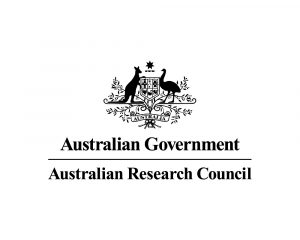 AIRBOX was funded by the Australian Government under the Australian Research Council Linkage Infrastructure, Equipment and Facilities scheme.
AIRBOX was funded by the Australian Government under the Australian Research Council Linkage Infrastructure, Equipment and Facilities scheme.
Core Partners
9 partner organisations all over Australia are involved: University of Melbourne, Queensland University of Technology, Macquarie University, University of Wollongong, CSIRO, Monash University, ANSTO, University of Tasmania and Australian Antarctic Division.



![]()





Affiliates
Airbox Affiliates and networks:
The Environment, Energy and Science (EES) Group, Environment NSW
Gallery
Photos from Casey Station – CAMMPCAN Voyage 2 – December 2018
- Photo credit: Dr Robyn Schofield
Photos from the Southern Tasmanian Coast – Aurora Australis trial voyage – October 2018
- Photo credit: Rob Ryan
Rainforest to Reef campaign
RV Investigator in the Great Barrier Reef – ABC News

Mission Beach 
Mission Beach 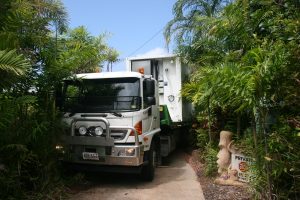
AIRBOX arrives 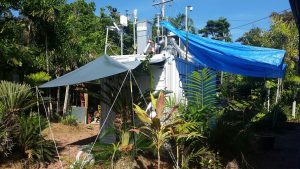
Rainforest to reef campaign 
Airbox 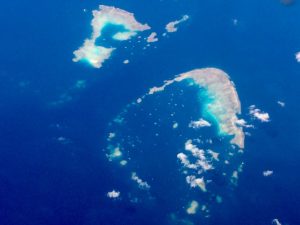
Coral reefs 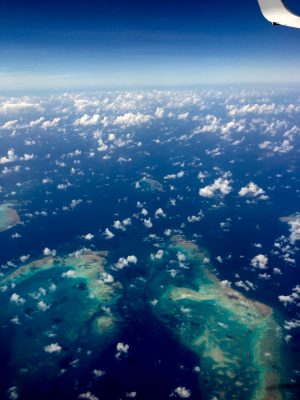
Coral reefs 
Rainforest to reef campaign 
Airbox 
Airbox 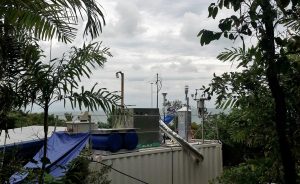
Rainforest to reef campaign 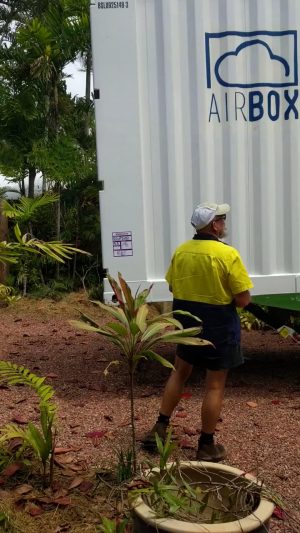
Rainforest to reef campaign 


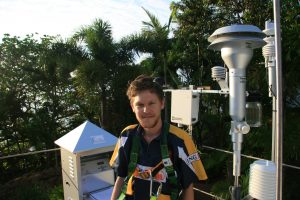


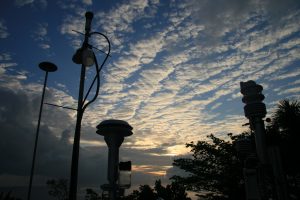
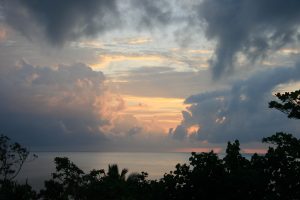
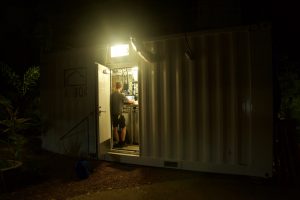
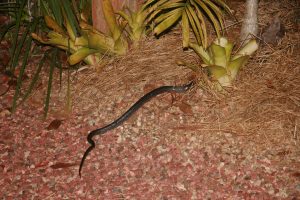
An unexpected visitor 
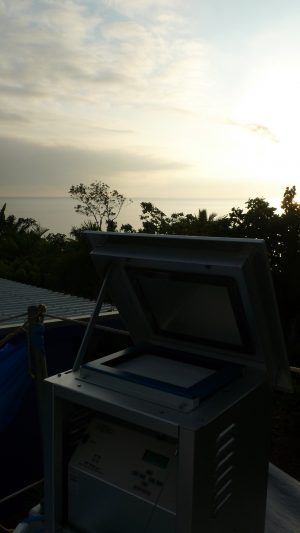


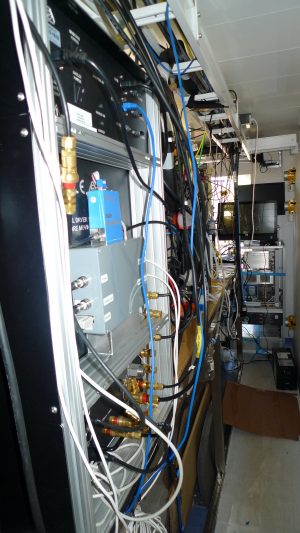

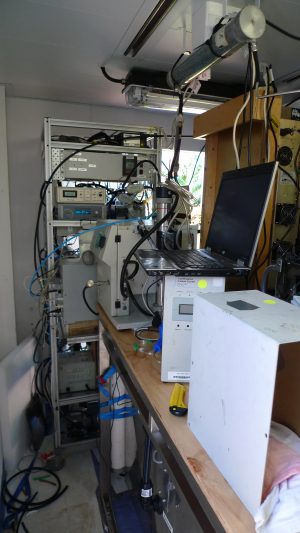
Aurora Australis Southern Ocean voyages
Campaign proposal?
Have a proposal to use AIRBOX – please complete a AIRBOX Campaign Proposal to be considered by the steering committee. The committee meets quarterly, but will consider proposals with a faster turn around if required.
Contact us
Dr Robyn Schofield
Mccoy Building/Earth Sciences, Parkville,
The University of Melbourne
Email: robyn.schofield@unimelb.edu.au
Ph: +61 3 8344 1661



